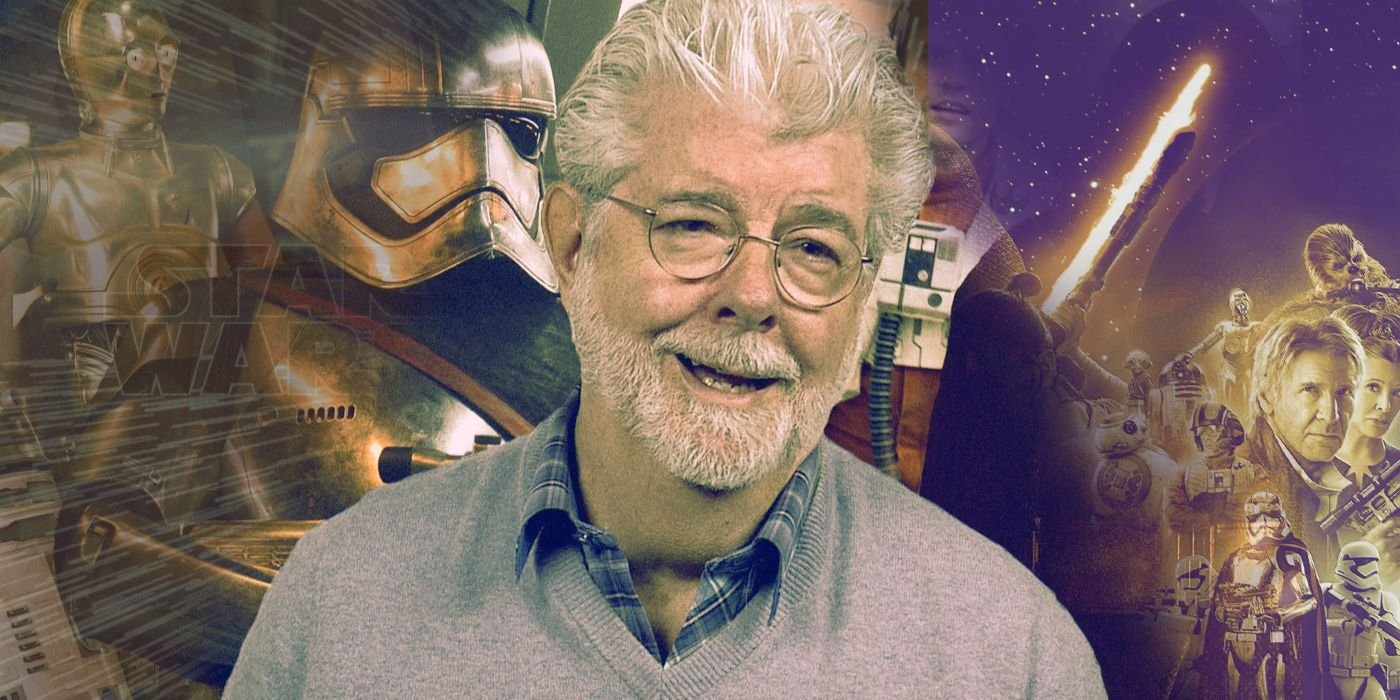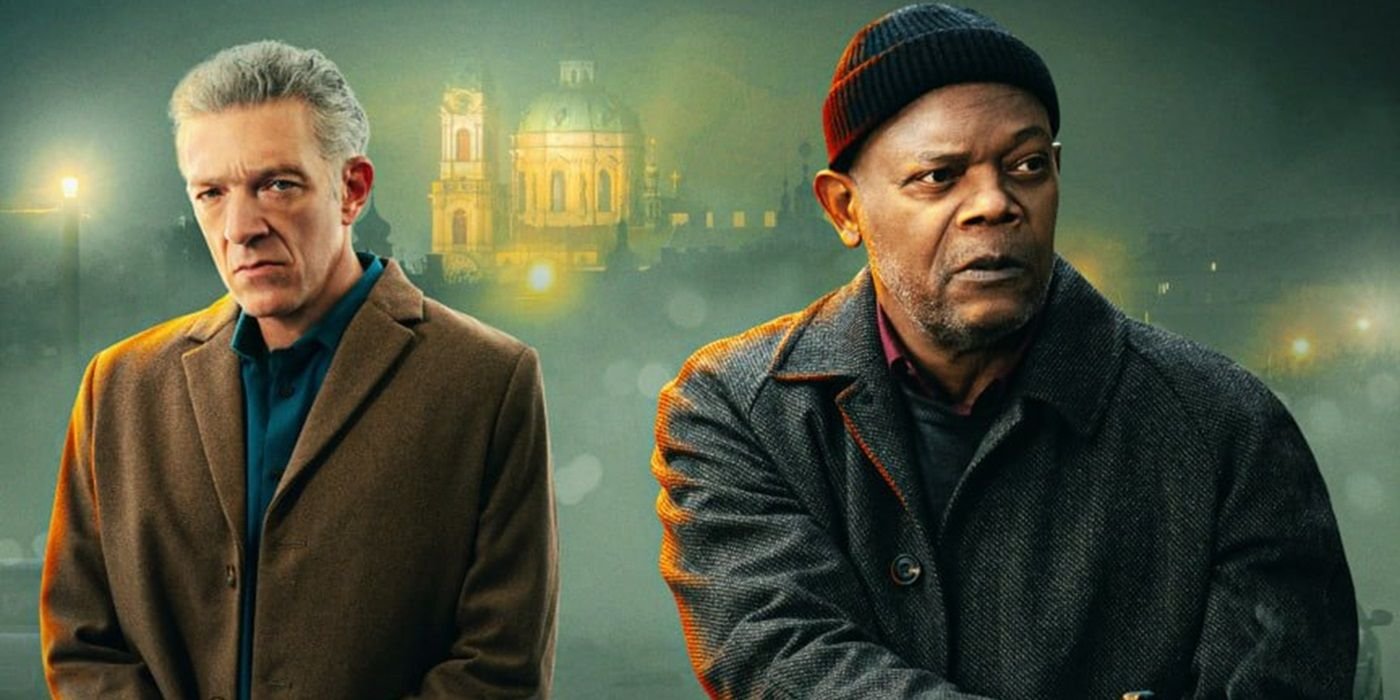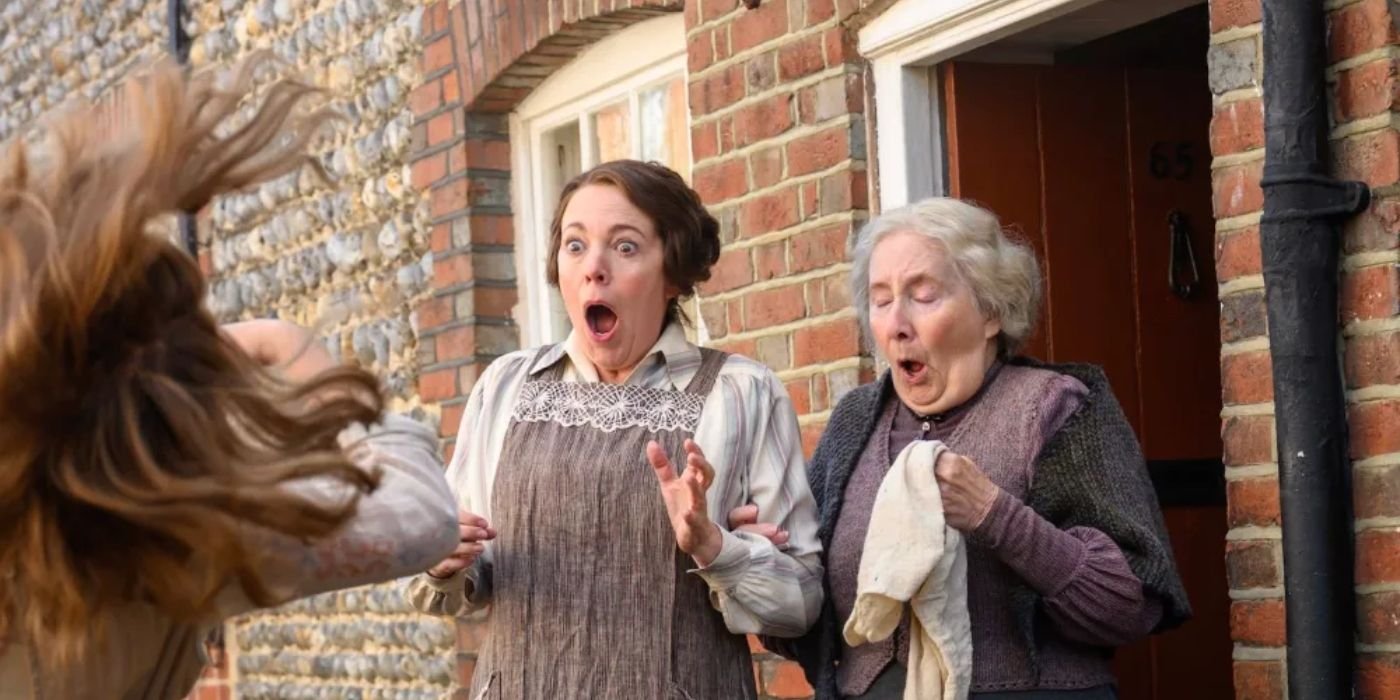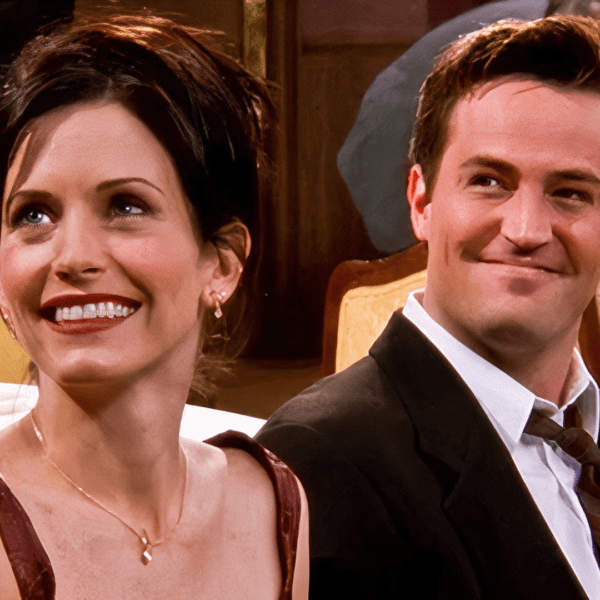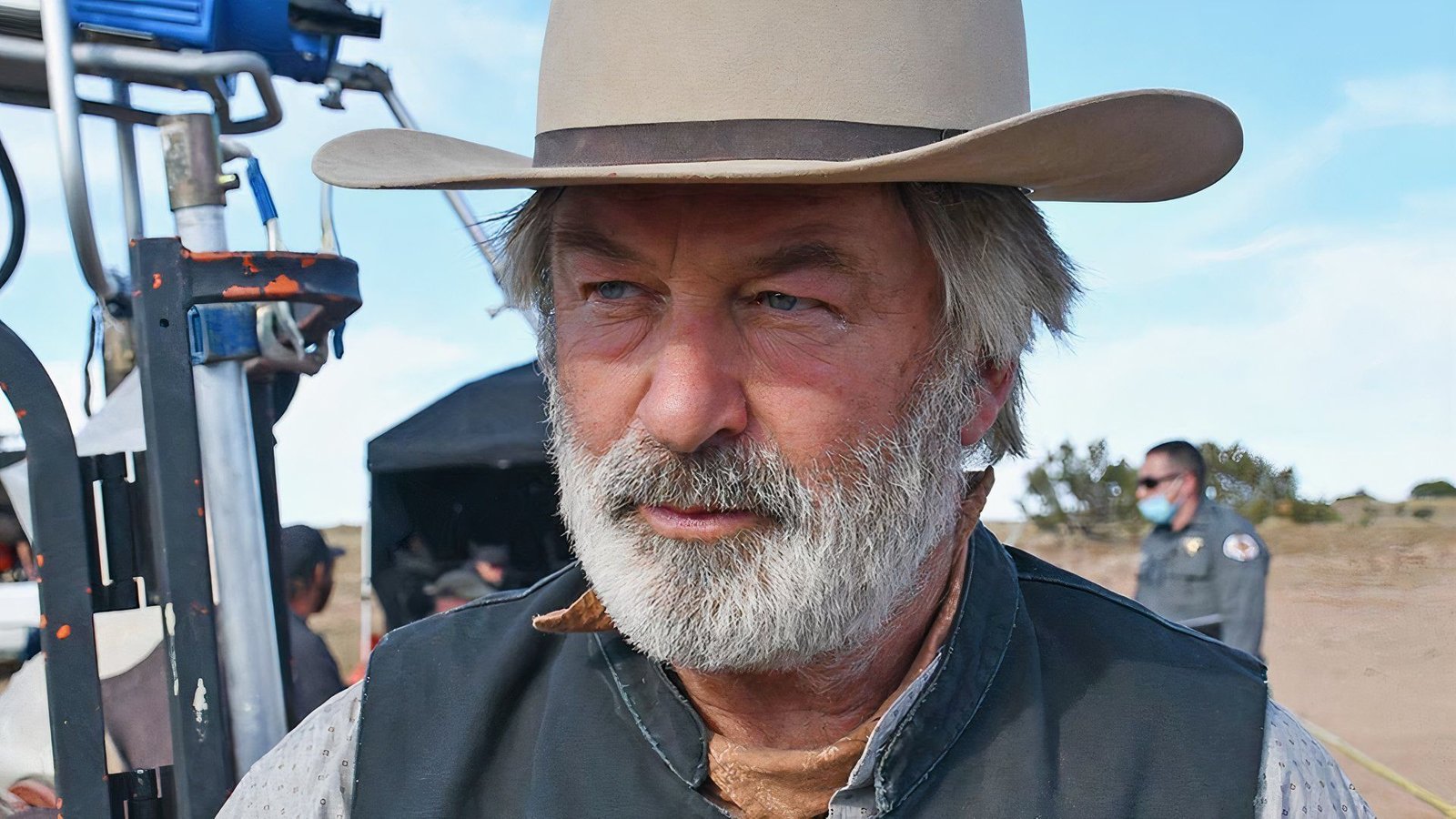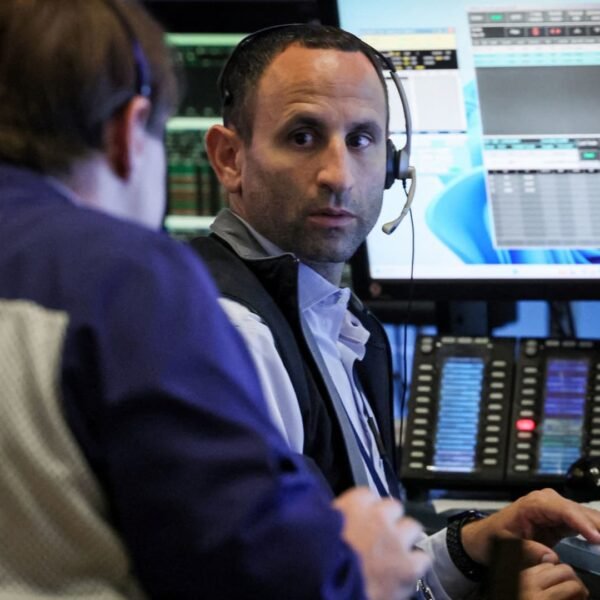Summary
- The Buck Rogers comic strip set the stage for
Star Wars
, inspiring George Lucas to create his own galactic saga. - Lucas honed his filmmaking skills with
American Graffiti
before pursuing his dream of making big-budget sci-fi. - Collaboration with colleagues and advice from industry veterans shaped
Star Wars
into the iconic franchise we know today.
“The more things change, the more they stay the same,” French writer Jean-Baptiste Alphonse Karr wrote in 1849. During the following century, a real-life epoch that proved the quote true was set in motion when writer Philip Francis Nowlan created a character known as Anthony Rogers for his 1928 novella Armageddon 2419 AD. The following year, the character would be reconstituted for the Buck Rogers comic strip, moving from literary side note to a hugely successful comic with a nearly 4-decade run that inspired countless radio and television serials. The comic would heavily influence a generation of sci-fi filmmakers, none more so than George Lucas with Star Wars. With Buck Rogers, the concept of the ‘space opera’ was born, inspiring a slew of copycat strips like Flash Gordon and John Carter of Mars.
As a child, Lucas took a serious interest in these characters, both in their comic form (illuminated by the likes of illustrator Frank Frazetta) and the early serial films that laid the groundwork for everything after. Lucas used the serial format and the design elements of artists like Frazetta to build his own galaxy.
George Lucas’ Pursuit of Science Fiction First Required a Hit Film
After a stint at the University of Southern California, Lucas moved home to San Francisco in 1967, co-founding American Zoetrope with filmmaker Francis Ford Coppola. Lucas had already made sci-fi his forte while in film school, and he extrapolated one of his student films into his first feature for Coppola’s American Zoetrope production house in 1971 — a film called THX 1138.
Despite positive reviews from critics, THX 1138 was a box office bomb. Undeterred, Lucas decided to make a more audience-friendly film two years later, still under Coppola’s banner, with his coming-of-age comedy, American Graffiti. The film became a smash hit, eventually generating a $140-million box-office gross (nearly a billion dollars, adjusted for inflation). The film’s success would allow Lucas the leverage to pivot to the pursuit of his favored genre — science fiction.
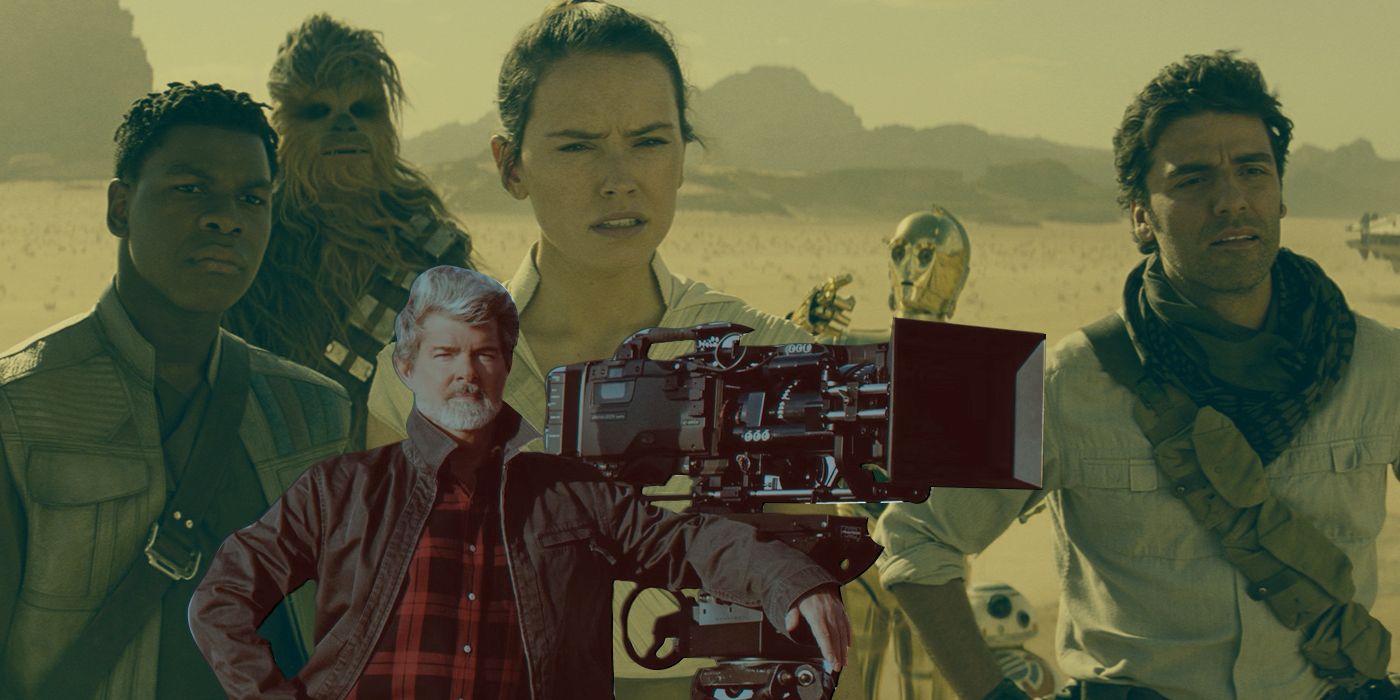
Why Star Wars Fans Are Upset With George Lucas Again
Fans have been angry at George Lucas since the Ewoks, but now he has angered a loud minority. Here is why some are mad at the Star Wars creator again.
While his second feature catered to Lucas’ own early-’60s childhood, he yearned to adapt his comic book inspirations for film, to make something like THX, but with an adequate budget, that mimicked the scale of Stanley Kubrick’s miniatures for 2001: A Space Odyssey — even outdid them. While American Graffiti may have been a lifetime achievement for most directors, Lucas had bigger plans. Of note, then, was a bit part in Graffiti from an actor that would later figure largely in Lucas’ life: Harrison Ford.
The Journey from Buck Rogers to Star Wars: A New Hope
Determined not to repeat the mistakes he made with THX, Lucas pursued a film concept that focused less on artistic merit and more on audience entertainment — targeting young teens. Accordingly, he attempted to acquire the film rights for two of his favorite serials, Buck Rogers and Flash Gordon.
With the Buck Rogers character already being developed by NBC for a television series, Lucas instead focused on developing a Flash Gordon feature film, enlisting the aid of producer Gary Kurtz, who had helped make American Graffiti a phenomenon after returning from a tour in Vietnam. Born a Quaker, Kurtz had enlisted as a ‘conscientious objector’ and didn’t carry a sidearm during the Vietnam War, but his peaceful nature belied a childhood love for the same action serials that had inspired Lucas. Unfortunately, like Buck Rogers, Flash Gordon was caught up in licensing issues, forcing Lucas and Kurtz to start from scratch in order to make their serial space opera. That proved to be a blessing in disguise when the script for Star Wars: Episode IV – A New Hope began to take shape.
The Key Players in Star Wars Take Shape
While Buck Rogers‘ DNA remained firmly entrenched in Lucas’ concept for Star Wars, by the script’s second draft, Lucas clearly needed to move away from his source material. Lucas’ partner at American Zoetrope, Francis Ford Coppola, had cast doubt over Lucas’ ability to write dialogue, and Gary Kurtz had later expressed that Lucas’ Star Wars script was still “gobbledygook.”
Lucas hired a few film school compatriots, Willard Huyck and Gloria Katz, to punch up his script. Allowing input from his colleagues helped Lucas commit to crucial decisions (like making Han Solo a human instead of the original “frog-like alien” and Luke Skywalker a young man instead of a grizzled character more like Buck Rogers). Steven Spielberg, Coppola, Brian De Palma, and Martin Scorsese all offered opinions after Lucas screened an unfinished version of the film.
One key decision was contributed by Lucas’ old friend, director Brian De Palma, who suggested that the famous text crawl in the film’s intro (a nod to the Buck Rogers serials) would help encapsulate the “galaxy far, far away” for the audience. Star Wars had already made a quantum leap from mid-century sci-fi, but this nostalgic touch tapped the audience’s suspension of disbelief.
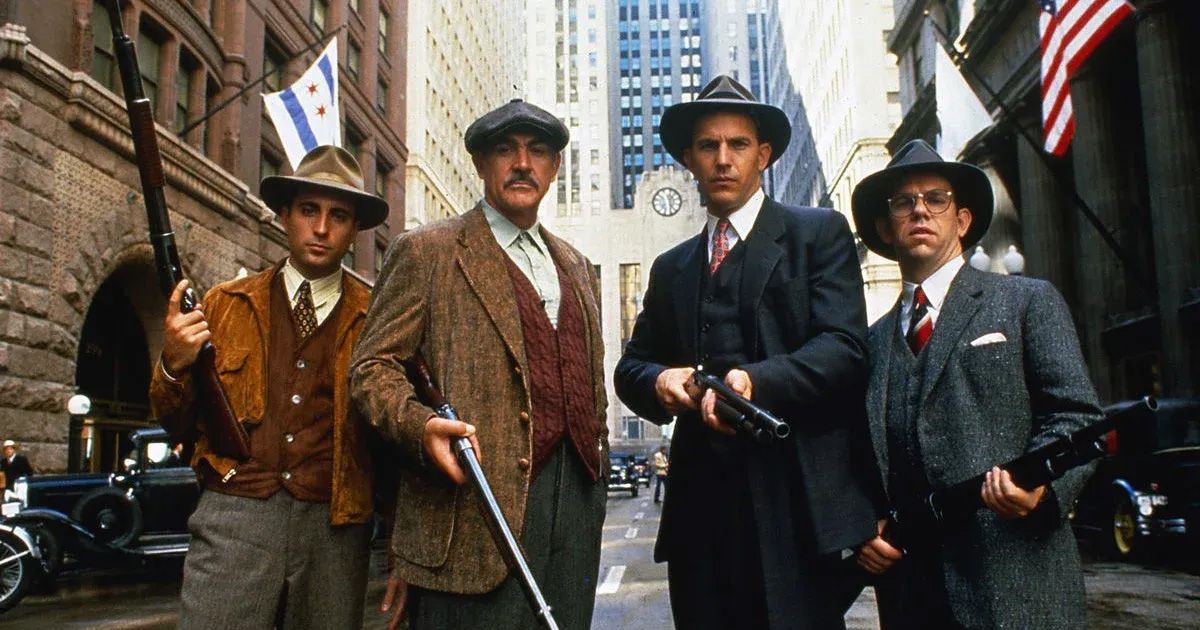


Every Brian De Palma Film of the 1980s, Ranked
De Palma wrote the scripts for a few of these, but for the most part, he worked with Hollywood’s best screenwriters to create the final products.
After a Tense Production, Star Wars: A New Hope Comes to Fruition
With the advice of his crew of the “Movie Brats” (to quote a term from film critic Pauline Kael), Lucas was encouraged to maintain the tone of their favorite childhood serials, even using the artwork of Frank Frazetta as the basis of his team’s spaceship and costume designs. The Disney+ documentary Light & Magic provided the deepest dive into the fragile dynamic of Lucas’ ragtag crew of creatives tasked with making A New Hope a reality. Lucas had begun forming his Visual Effects company, later to become Industrial Light & Magic, in Van Nuys, California, with the help of John Dykstra — an effects MacGyver who could help Lucas’ grandiose ideas come to life. Lucas and Dykstra had complementary skills, but personalities that clashed — leading to Dykstra’s exclusion when Lucas eventually moved the company North to San Rafael, California.
Despite a tense production that ran over budget and far beyond the original shooting schedule, the design team that became ILM made groundbreaking designs like the Millenium Falcon, and camera innovator Richard Edlund used new motion control techniques to help Lucas’ vision for high-speed dogfights in space. These were the elements that brought Star Wars light years ahead of Buck Rogers and Flash Gordon, which nonetheless remained a huge influence on the look of the films — as well as drawing a blueprint for the serial format that has made Star Wars so immensely lucrative. The Star Wars franchise is streaming now on Disney+.


